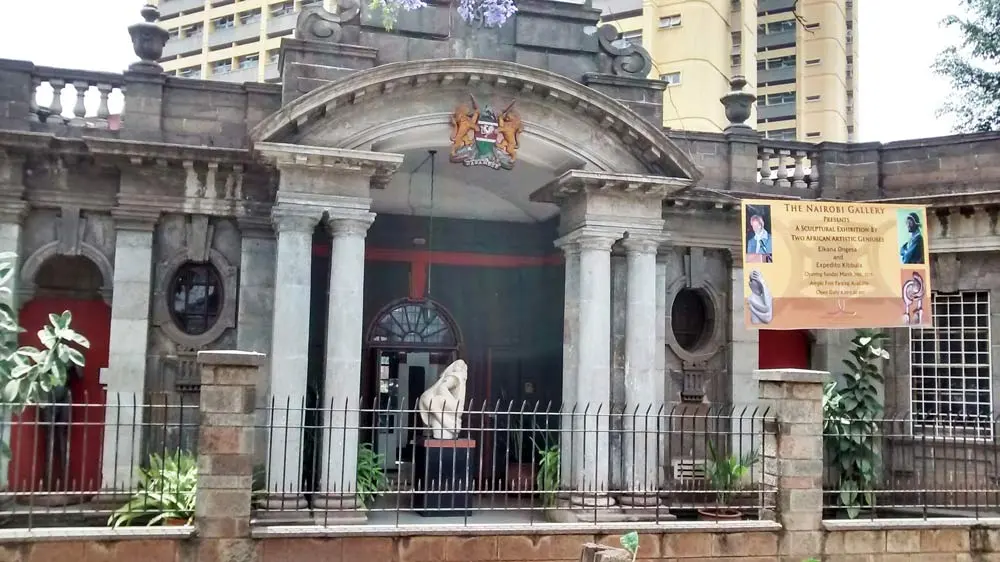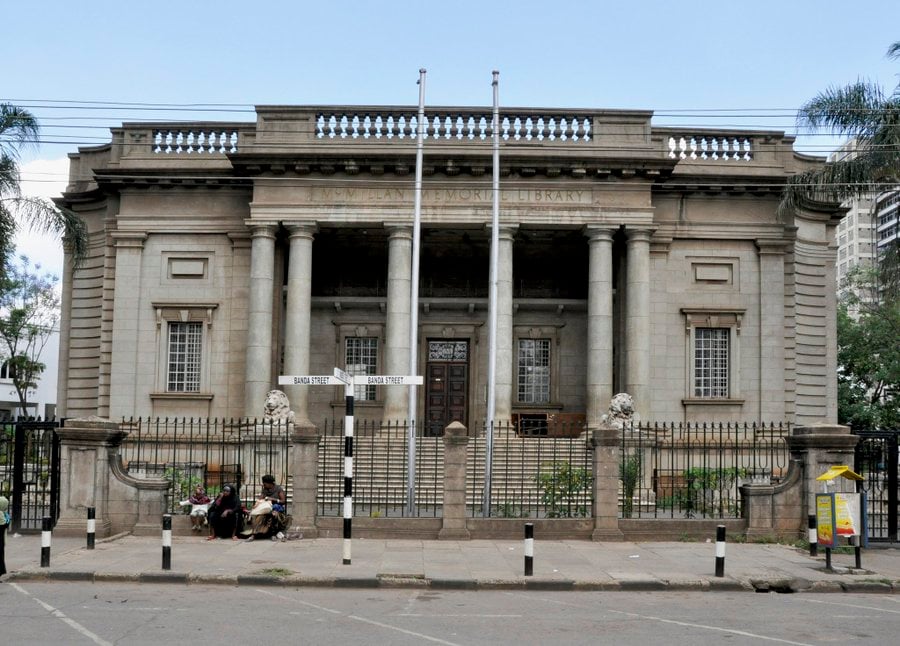- Nairobi’s skyline tells a story of diversity.
- For over 130 years, these buildings have stood tall, captivating us with their intricate details, timeless beauty, and enduring character.
- Nairobi’s colonial-era buildings are not just old structures, they’re masterpieces.
- These architectural gems remind us of the importance of building for longevity rather than speed.
Nairobi’s skyline tells a story of diversity. The mixture of past and present is proof that history and modernity can beautifully co-exist. The city is truly a beauty to behold. Over the years, the rise of modern buildings has been evident. This has however not dimmed the light of the historical buildings that stand majestically in different parts of the city center.
For over 130 years, these buildings have stood tall, captivating us with their intricate details, timeless beauty, and enduring character. It’s hard not to wonder, what makes them so special? How have they managed to stay this stunning after more than a century? Is it the genius of their design, the materials used, or perhaps a mix of both? Let’s explore this further.
Table of Contents
The Architecture

Nairobi’s colonial-era buildings are not just old structures, they’re masterpieces. They reflect a blend of European design principles adapted to the local Kenyan climate and culture. From the grand arches and ornate facades of Victorian, Neo-classic & Roman styles to the geometric lines of Art Deco, each building tells its own story of the era it was built in.
The Standard Chartered Building and the McMillan Memorial Library, both located in Nairobi, are prime examples of neo-classical design. Take a stroll down Banda Street, and you’ll find the McMillan Library—a breathtaking structure that commands attention with its timeless elegance.
What’s fascinating is how similar these buildings appear, despite differences in their architectural styles. For instance, while the McMillan Memorial Library and the Standard Chartered Building showcase neo-classical influences, the Nairobi Gallery is an excellent example of Victorian architecture. Yet, the shared sophistication and grandeur of these styles create a visual harmony that ties them together.
The McMillan Library, in particular, stands out with its granite-clad columns along the façade and a grand white marble trapezoidal stairway leading to the portico. Adding to its charm are two majestic lion statues that flank the entrance, donated by Sir John and Lady Harrington, cousins of the library’s namesake, McMillan. These elements exude an air of refinement and grace, hallmarks of the neo-classical style.
What captivates me most about these buildings, whether neo-classical or Victorian, is their sheer sophistication and elegance. The craftsmanship is so meticulous, so deliberate, that you can’t help but admire the genius behind their construction. These structures aren’t just buildings, they are works of art that continue to mesmerize.
The Materials
Beyond the exceptional workmanship and distinct architectural style, the colonial-era buildings have retained their shine and beauty, due to the kind of materials used. These structures weren’t just built, they were crafted, with an eye for quality and longevity, ensuring they would stand the test of time.
Take a stroll down the streets of Nairobi, it is hard to miss one of these beauties. After hundreds of years, it is quite impressive to see that these buildings almost look as good as new, in fact , they look newer than some of the buildings that have been built recently. So what is the secret?
Colonial-era buildings were constructed with a commitment to excellence, using materials that were chosen not only for their strength but also for their aesthetic and practical qualities:
Locally Quarried Stone:
Durable and weather-resistant, locally sourced stone formed the backbone of these buildings. It gave them the strength to endure Nairobi’s changing climate while providing a timeless and stately appearance.
Imported Bricks:
High-quality bricks, often imported, were used for walls and decorative elements. These bricks were fired at high temperatures, making them resistant to erosion and ensuring their long-term stability.
Hardwoods Like Mahogany and Teak:
These hardwoods were used for doors, window frames, staircases, and intricate carvings. Known for their strength and resistance to pests and rot, these woods have aged gracefully, maintaining their beauty over decades.
Marble and Granite:
Marble and granite were often used for decorative features, staircases, and columns, lending an air of luxury and durability to these buildings. These materials are nearly resistant to wear, and their natural patterns add a unique character to each structure.
Metals Like Bronze and Cast Iron:
Decorative elements, railings, and fixtures were crafted from bronze and cast iron, materials that not only provided strength but also added elegance. Over time, these metals developed a patina, further enhancing their aesthetic appeal.
Conclusion
Nairobi’s colonial-era buildings are more than just historical landmarks, they are a testament to exceptional craftsmanship and thoughtful design. Built with durable materials and meticulous attention to detail, they have stood the test of time, outshining many modern structures.
These architectural gems remind us of the importance of building for longevity rather than speed. As Nairobi’s skyline continues to grow, perhaps it’s time to blend modern innovation with the timeless principles of the past, creating structures that will inspire and endure for generations to come.



